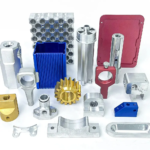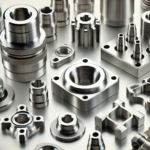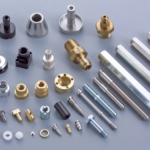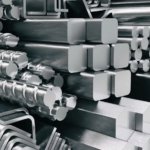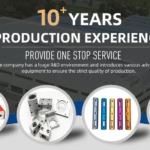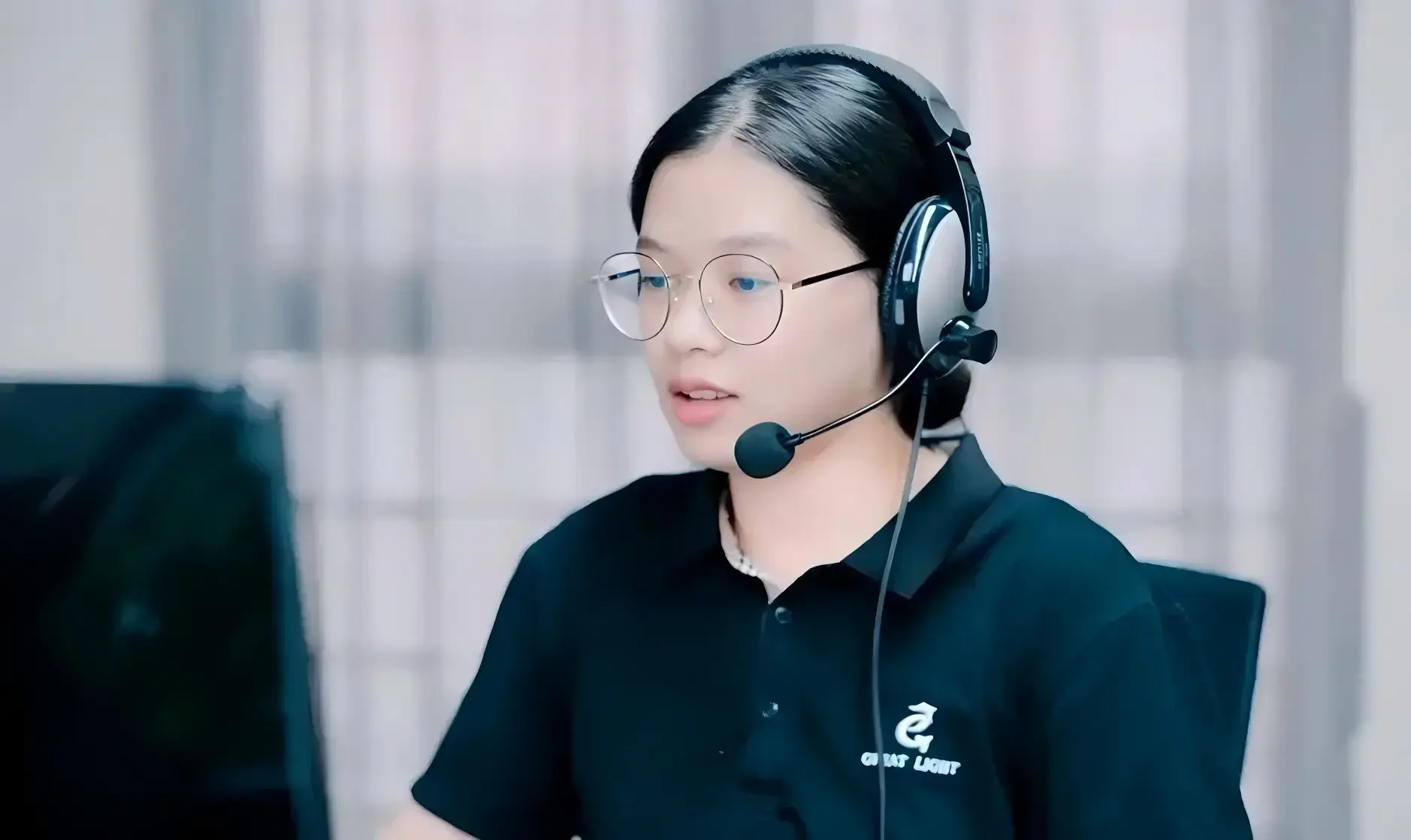Even though some filaments aren’t as popular as others, that doesn’t mean they aren’t worth a try. byTake the example of PVB. PVB stands for polyvinylbutyral, and although it is not as popular as PLA or PETG, this filament has unique properties, namely that it can be easily smoothed. In fact, PVB is ideal for beautiful printsproduct, because wipe isopropyl alcohol(IPA) can make prints glossy and bright.
The best part isPVB is easy to 3D print and has become increasingly popular in recent years. More and more companies are now producing it and offering it in a rainbow of colors.
In this article, Mohou.com will work with you to delve deeper into the characteristics of this material and understand its relative advantages and disadvantages.
A,material properties


we first understandUnique material properties of PVB.
appearance
PVB is slightly transparent, making the filament ideal for making vases, lampshades or other artwork. Keep in mind that with all transparent filaments, the result will not be as clear as glass, but it will allow light to pass through rooms without issue. That being said, the transparency of prints can vary greatly between filament manufacturers, as some brands sell more opaque PVB. Additionally, transparency is affected by print characteristics. For example, more walls and higher infill will result in less transparent rooms.
As mentioned before, the most appreciated property of this filament is the smooth surface it can achieve on a print after smoothing.PVB is soluble in isopropyl alcohol (IPA), allowing you to achieve shiny parts and easily bond parts together, similar to the acetone smoothness of ABS. We’ll cover post-processing in detail later.
features


No visible layer lines (Source:Jakub Kočí, from the Prusa Research blog)
Although the best use of this filament is for aesthetic printing, it is not as well known asCompared to 3D printing materials, PVB also offers good mechanical properties.
Prusa Research has created a detailed comparison table showing the properties of the different materials. Compared to ABS and PETG, PVB has higher tensile strength and impact resistance, which means it can withstand greater force before breaking. This is due to the nature of PVB: this filament is slightly more flexible than ABS and PETG, although it is quite rigid compared to TPU and other flexible filaments.
It is also worth mentioning thatPVB has a glass transition temperature of 60°C, which is when the material changes from a glassy or brittle solid to a more elastic, flexible and easily deformable solid. This value is quite low compared to PETG and ABS, but similar to PLA. Therefore, it is recommended to avoid using PVB parts in applications where temperatures may increase, such as inside cars.
The main weakness of this filament is poor interlayer adhesion, which can be attributed to its high hygroscopicity.
Hygroscopic


dry yourPVB is worth it (Source: random-builder from Thingiverse)
Unfortunately,PVB easily absorbs moisture and is greatly affected by it. When hygroscopic filaments absorb water, a range of problems can arise during the printing process, such as bubbles or stains in the part and spinning. From there, problems with extruder clogging and bed adhesion can arise.
SO,PVB should be stored in a dry place, preferably in a sealed bag filled with silica gel. Consider using a vacuum storage bag or dry box filled with silica beads, which is safer. These two solutions create a dry environment thanks to the desiccant. Before printing, the filament must be dried in a filament dryer at 60°C for at least four hours.
As the amount of water absorbed decreases over timeproperties of PVB, PVB is therefore often better suited to aesthetic parts than to functional parts. Additionally, if you are looking for materials suitable for outdoor applications, popular options like PETG or ASA will be more durable options.
two,3D printing


Is PVB’s slime mode cool? (Source: 3DCheck, via Reddit)
We will now learn moreBest print settings to use with PVB and how to post-process filament.
Best Settings
PVB is basically as easy to print as PETG. The main advantage of PVB is that it is easy to print: it does not require a shell and does not warp as easily as ABS. Another point in its favor is that it does not require a hardened nozzle for printing, as it is not abrasive, like filaments mixed with fibers or wood particles.
Nozzle and bed temperatures are generally related toThe temperatures used for PETG are similar: 215°C at the hot end and 75°C at the bed. To avoid bed adhesion problems, the PVB must be printedgentlyPrint on PEI or satin sheet insteadin texturedin Prince Edward Island. You can also print in vase mode for a nice and aesthetic effect.
Although you can usually print at any layer heightPVB parts, but for best results you should consider using a smaller layer height such as 0.12mm or 0.16mm with a 0.4mm nozzle. Speaking of nozzles, the advantage of PVB is that you can print with larger nozzles and not have to worry about finishing the parts since the smoothing process will hide the layer lines. Using larger nozzles such as 0.6mm or 0.8mm is ideal for quick print jobs.
Finally, as we pointed out previously, remember that for best results with this filament you need to dry it thoroughly before printing.
post-processing


How cute are these two? (source:Illustre-Yard-871, via Reddit)
Solvents aren’t just useful for straighteningPVB can also be used to glue parts together. PVB is slightly soluble in IPA, so a few drops of IPA on the PVB joints will make them soft and sticky. You then simply press the other PVB part onto the sticky surface, hold the pieces together and let them dry. This is useful for projects consisting of multiple parts, especially if it is a display piece.
Now let’s talk about the smoothing process. As we said, we can useIPA makes PVB prints shine and can be done in a variety of ways to achieve great results.
smoothThe easiest and fastest way to work with PVB parts is to use a smoothing station, which automatically steam smooths the part while placing it on a plate to evenly distribute the chemicals. Polymaker’s Polysher is one of the most popular straightening stations on the market. You can check it out in this video from Polymaker.
If you are looking for a less expensive way to smooth a part so that its surface resembles the machined version, you canThe IPA is sprayed directly onto the part, as this Reddit user did with an airbrush containing 99.9% IPA.
Another option is to soak the partsRinse several times in an IPA bath or at 30 second intervals. Finally, you can use a brush to apply the isopropyl alcohol to the part, but be very careful when doing this to avoid leaving marks on the part.
Whichever process you choose, remember that smooth pieces will need to dry at room temperature for a day or two. Once dry, you can also consider painting it.
Daguang focuses on providing solutions such as precision CNC machining services (3-axis, 4-axis, 5-axis machining), CNC milling, 3D printing and rapid prototyping services.



